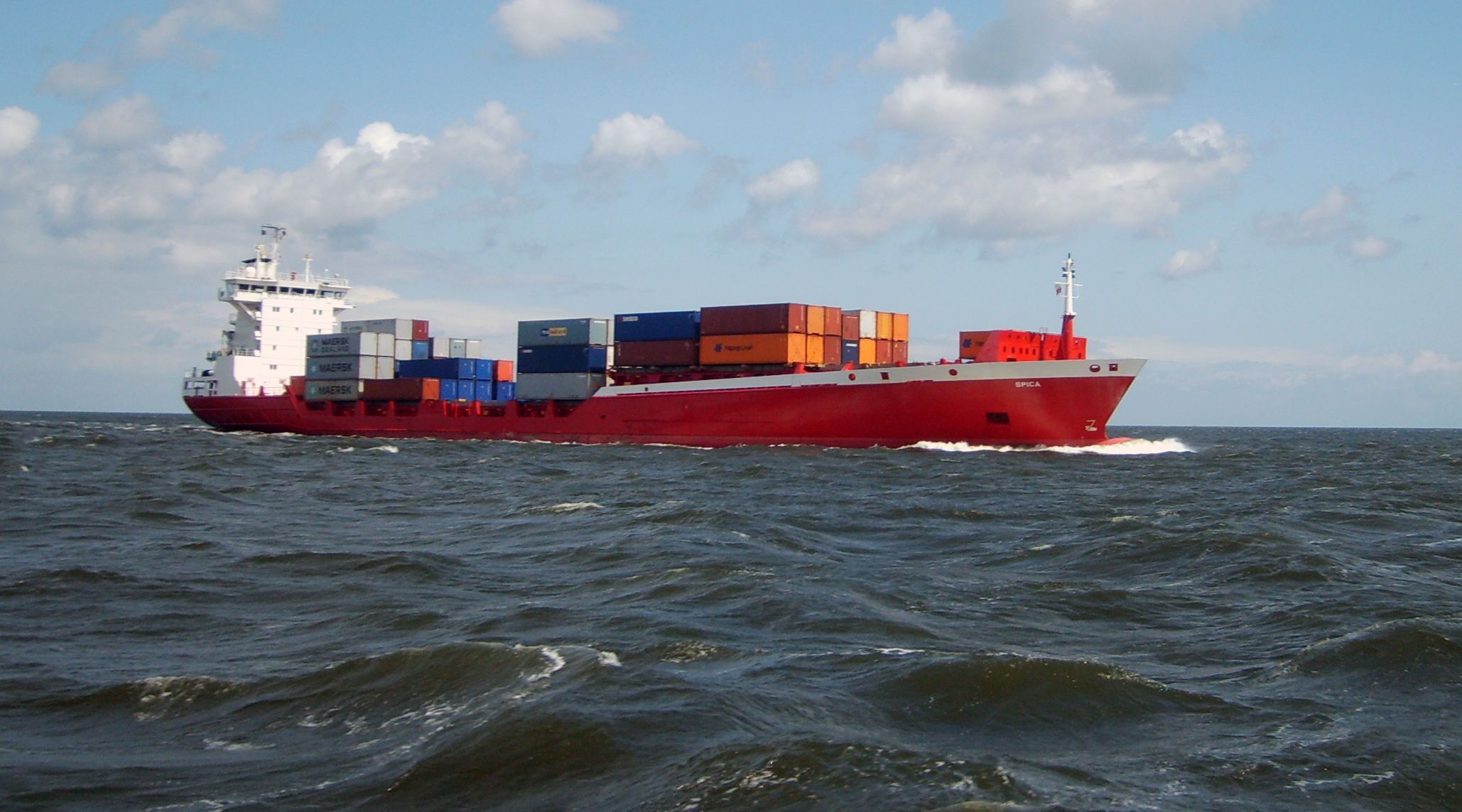Over the last decade, a myriad of industries and sectors have increasingly utilized data collection and artificial intelligence (AI) to help streamline many aspects of their business. The maritime industry is no different. Taking advantage of AI and big data can pave the way to improve efficiency and productivity.
AI is essentially a computer system designed to complete tasks that normally are completed by humans. Tasks like pattern recognition, decision-making and visual perception can all be accomplished through AI. However, AI is uniquely capable of tackling big data, the large volume of information produced daily through business activities.
Just like the adoption of new technology, the process of incorporating AI and big data into an industry often follows an increasing focus in academic research. A recent article written by Ziaul H. Munim and others, published in Maritime Policy and Management, analyzed maritime scholarship over the last decade to find trends in research focus. For the maritime industry, one main application for AI and big data has been in the digital transformation.
The authors stress in their conclusion that even though technological innovation and development is needed in the maritime industry, the existence of new technology doesn’t necessarily mean it will be utilized to its fullest extent. Innovation creates new challenges and has broad implications for all stakeholder groups such as its culture, commercial structure, and legislation. For something to be widely adopted by the industry as a whole, technological “development (needs to be) balanced with a more robust research emphasis on these issues.”
Outside of academia, it is easy to see how AI and big data is driving innovation in the maritime industry. New technology like maritime autonomous surface ships (MASS), increasing cellular and wireless coverage for ships and crew at sea, and the growth of the Internet of things (IoT) on vessels all rely on collecting data and utilizing AI to continue innovating and stay ahead of competition.
The maritime industry has grown increasingly digital with new technology and the production of related data. Now more than ever, digitalizing communication channels is necessary to keep up with innovation and maintain streamlined productivity. One major innovation is the expansion of wireless communication technology for ships and crew.
Companies like MVG and its 4G NeptuLink system are helping to bring high-speed offshore connectivity to a wide range of vessels. These kinds of services are an integral part of maintaining vessels with a growing number of IoT on board. IoT is a connected system of mechanical and digital machines, like computer chips specializing in tracking for shipping crates, with the ability to transfer data over a network.
The vast amounts of data produced by IoT can be used to better meet regulatory requirements like emission caps, increase efficient ship management, or predict vessel maintenance. Big data collection also serves a major role in developing and producing MASSes that can be operated safely.
The International Maritime Organization (IMO) has led an investigatory scoping exercise to understand how it can safely and securely incorporate MASS technology, following a push by IMO member states in 2017. Their scoping exercise aims to understand how the introduction of this technology impacts the industry and regulations.
MASS technology is still in its early phase with some limited trials. Fully autonomous container ships is still far in the future. When MASS technology does become more prevalent, IMO predicts MASSes will largely be contained to short trips.
In 2018, Rolls-Royce and Finnish state-owned ferry operator Finferries successfully demonstrated the world’s first fully autonomous ferry, the Falco. The car ferry sailed from Parainen to Nauvo, south of Turku, Finland, along an established ferry route. The first leg was completed autonomously and then controlled remotely by the captain on the return journey. During the autonomous leg, the vessel successfully navigated around obstacles and docked without human intervention.
AI and big data has been a driving force in the digitalization of many parts of the maritime industry such as communication methods, the growth of IoT onboard vessels, and the increasing development of new and innovative technology. As the maritime industry continues to digitalize, AI and big data should remain at the forefront as companies work to streamline efficiency and stay competitive.
More in-depth coverage of AI and big data on Workboat.com:





